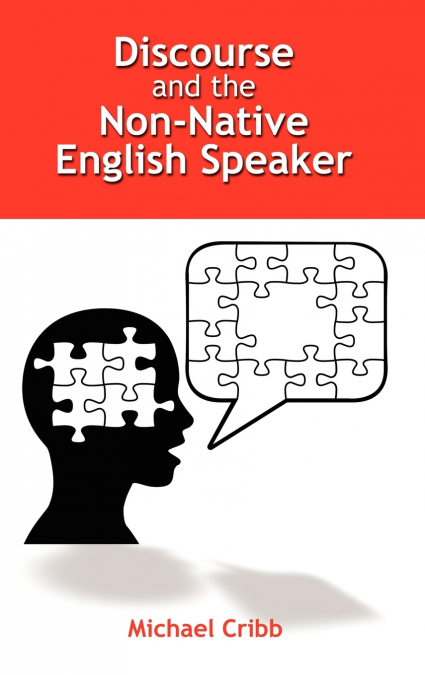
Michael Cribb
English is now firmly established as an international language around the globe and as such is no longer the preserve of the native speaker and the inner circle of counties. It is estimated that there are three times as many non-native speakers of English as there are native speakers worldwide and that the majority of speech events conducted in English are solely between non-native speakers of the language. The increased use of the English language on a daily basis by non-native speakers is thus worthy of a study and the purpose of this book. For the non-native speaker, the day-to-day demands of casual conversation can often be met through collaboration and negotiation with their interlocutor. However, there is an ever-increasing need for the non-native to participate in specific speech events such as discussions, meetings, interviews, and presentations, where the construction and delivery of extended turns and monologues is paramount. This is particularly true in professional and academic environments where this type of discourse holds significance and value for the speaker, since it is often through this that their proficiency and professionalism is critiqued and measured. This book is a timely study into the nature of extended discourse and the problems that non-native speakers have in constructing this. The book considers a corpus of spoken data taken from the International English Language Testing System (IELTS) speaking test with an international dimension. It specifically focuses on discourse that is multi-propositional, that is, extended turns and monologues, and analyses this for breaks in coherence and comprehensibility brought about by miscues in semantic and pragmatic features at the discourse level. The main thesis of the book is that the construction of extended discourse carries with it an additional burden for the speaker, namely the need to package information without support from the interlocutor in such a way as to make a coherent interpretation possible. For the mother-tongue speaker, the management of this packaging is of second nature, but for the non-native, the removal of collaborative support from the interlocutor in the form of back-channels and negotiation of meaning leads to miscues at the discourse level which impinge on coherence. As these miscues accumulate and interact with each other, the coherence of the discourse is diminished even further and in extreme cases a complete breakdown in communication can be observed. Two key areas where these miscues materialize are in the semantic consistency and pragmatic relevance of the utterances as each one is added to the common ground. Semantic consistency refers to the need to maintain the internal specificity of utterances and the external consistency across utterances, while pragmatic relevance refers to the need to make contributions which are well-contextualized and relevant to the on-going discourse. The book is both a textual and evaluative approach to studying discourse. It contains copious examples of transcribed non-native discourse with commentaries that indicate where miscues arise and how these lead to a lack of coherence. The book also describes in detail a manipulation experiment which looks at the effect of repairing discourse on the perceived coherence, thus evaluating the psycholinguistic reality of the identified miscues. The book also considers the relationship of fluency to coherence and how disfluent performance can impinge on perceived coherence. The book will be of interest to applied linguistics and English-language teaching practitioners around the world as well as academics involved in the testing of spoken English. Aimed at postgraduate level but accessible to undergraduates, it is a must for anyone concerned with the teaching or studying of a second language such as English and researchers working in the field of discourse analysis.